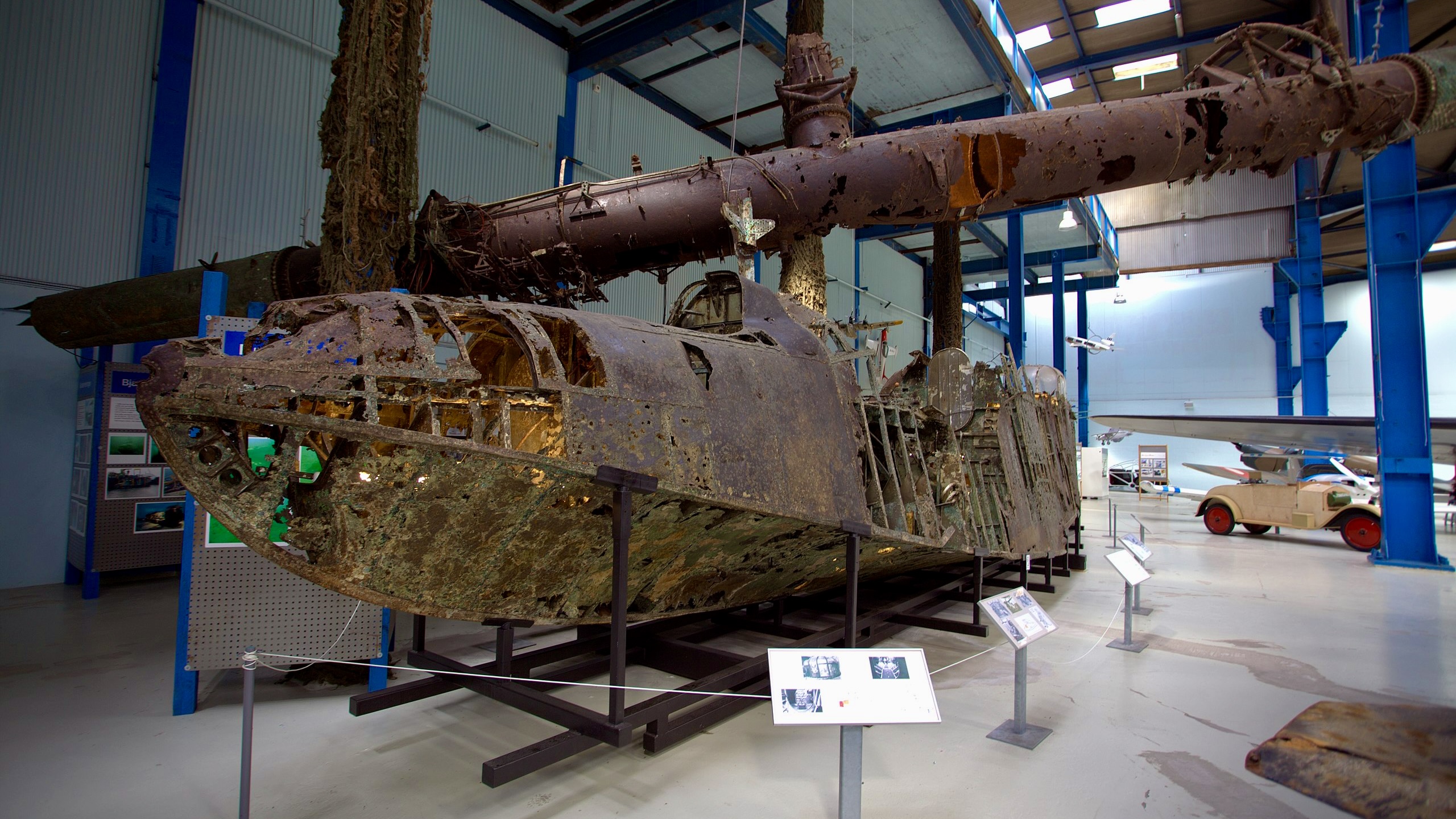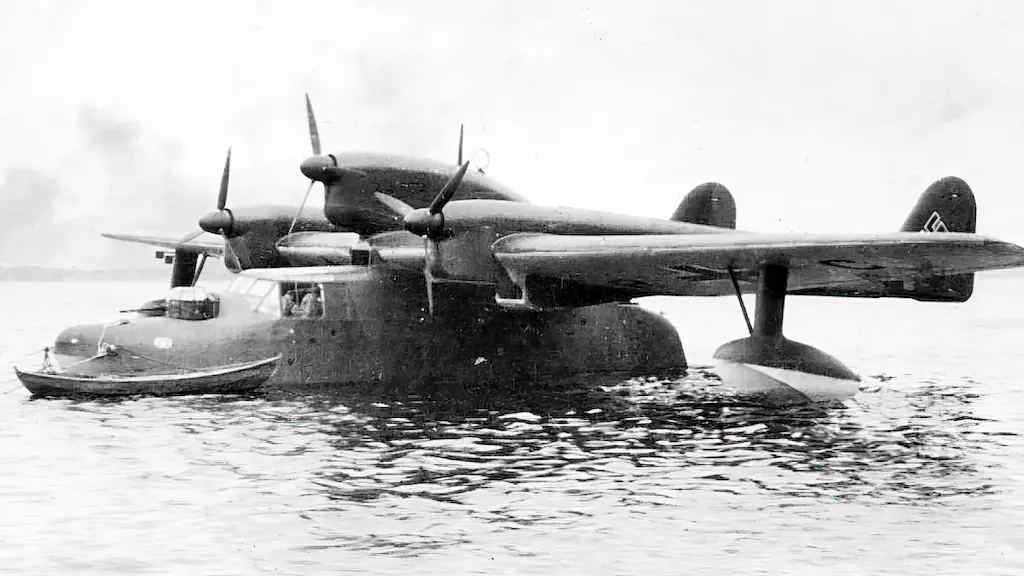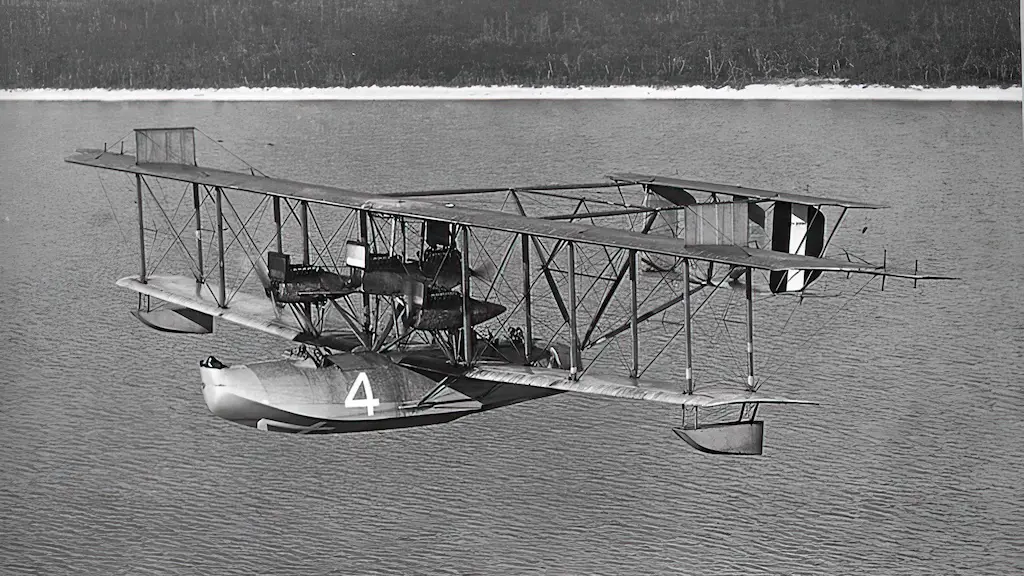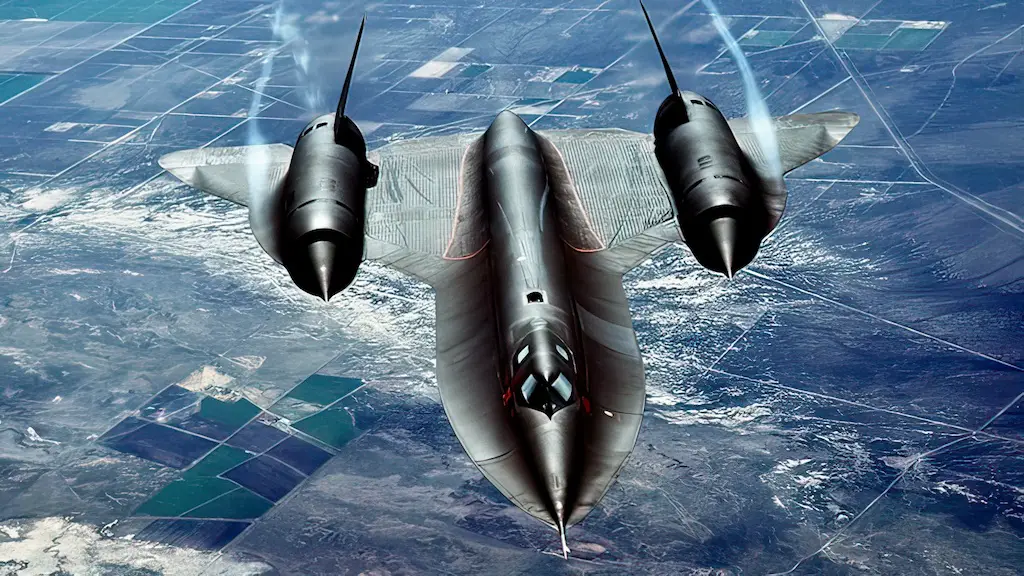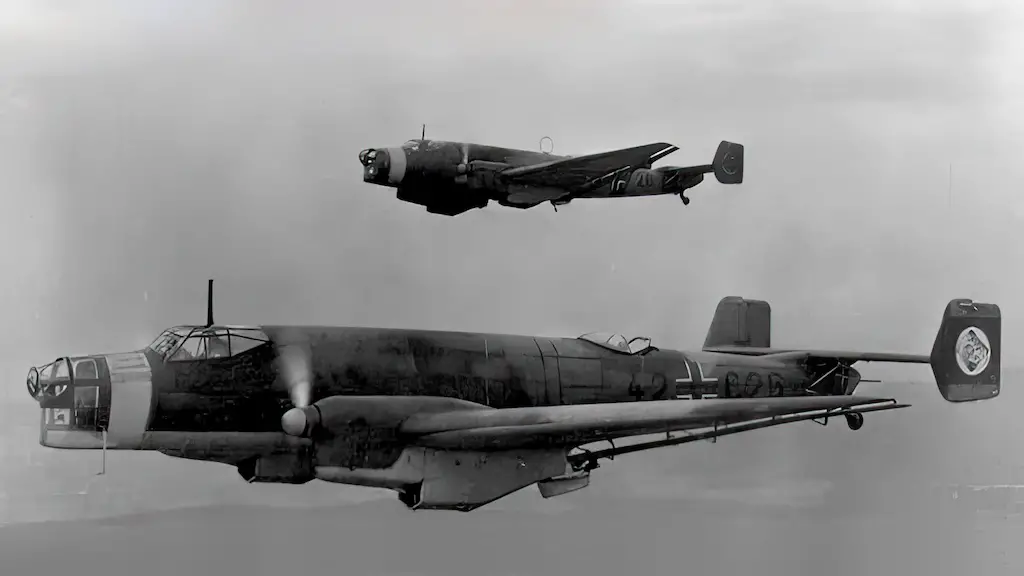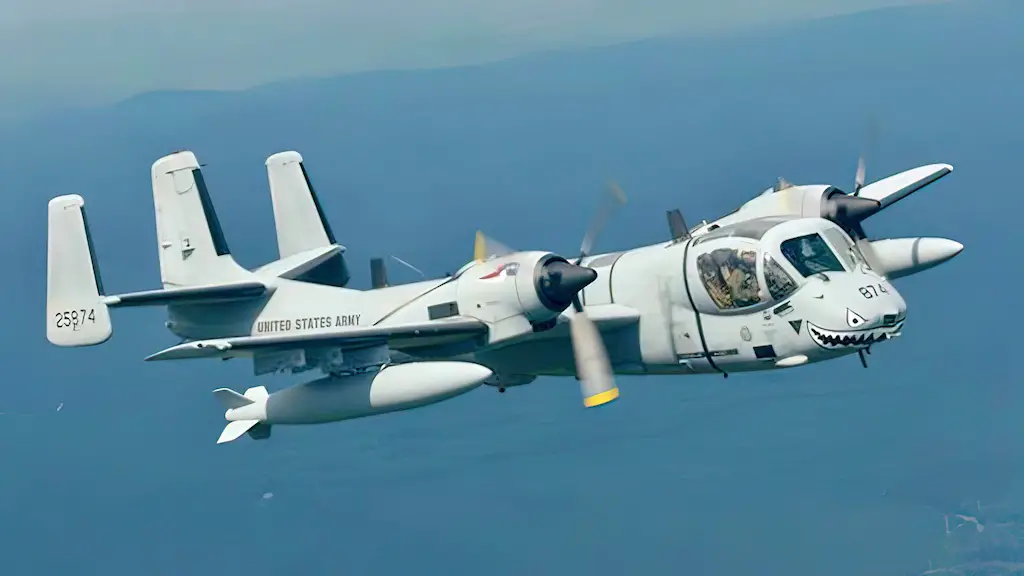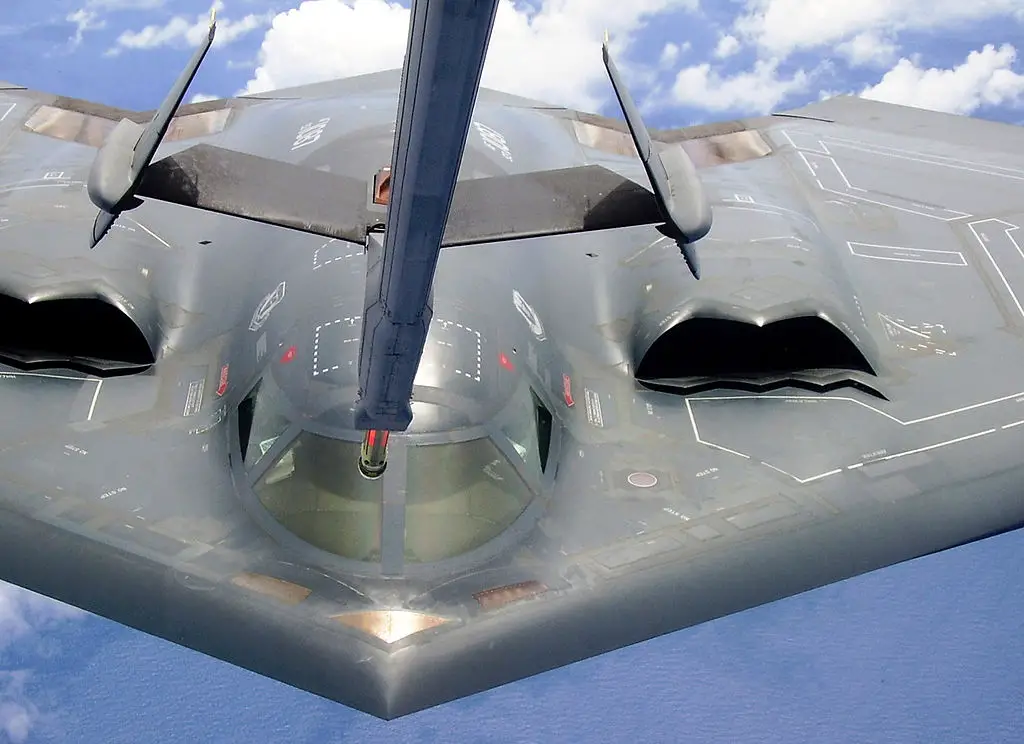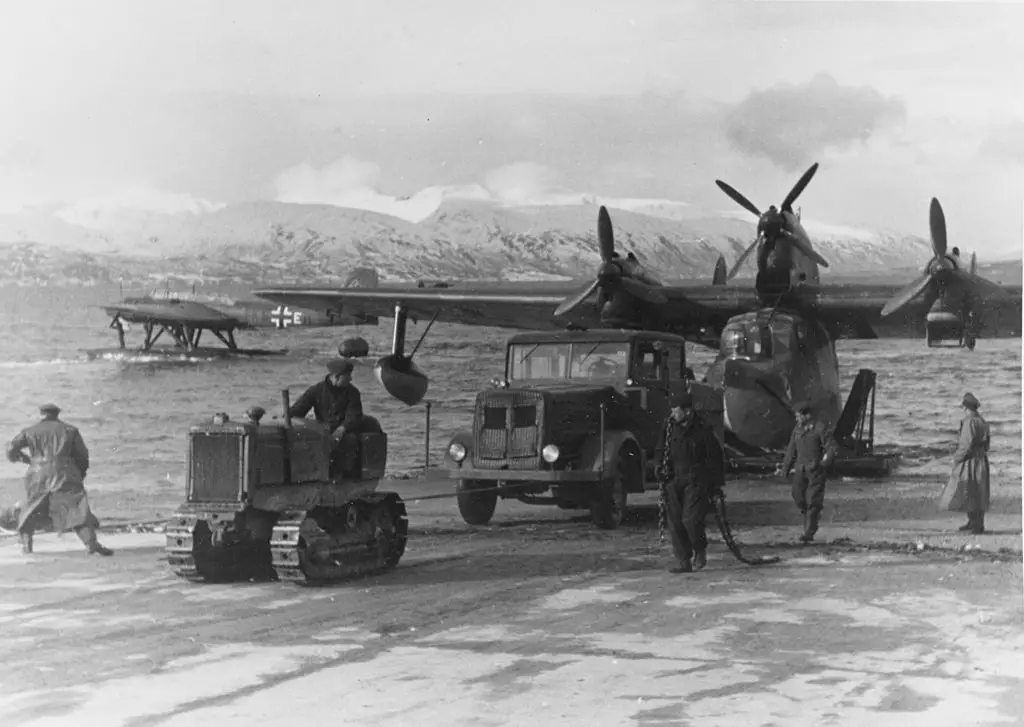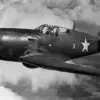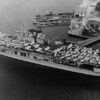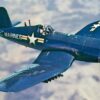The Flying Clog
The Blohm & Voss BV 138, also known as the “Seedrache” (Sea Dragon), was a remarkable flying boat that played a significant role during World War II. Developed by the German manufacturer Blohm & Voss, the BV 138 showcased advanced engineering and design, enabling it to undertake various missions with exceptional performance and versatility.
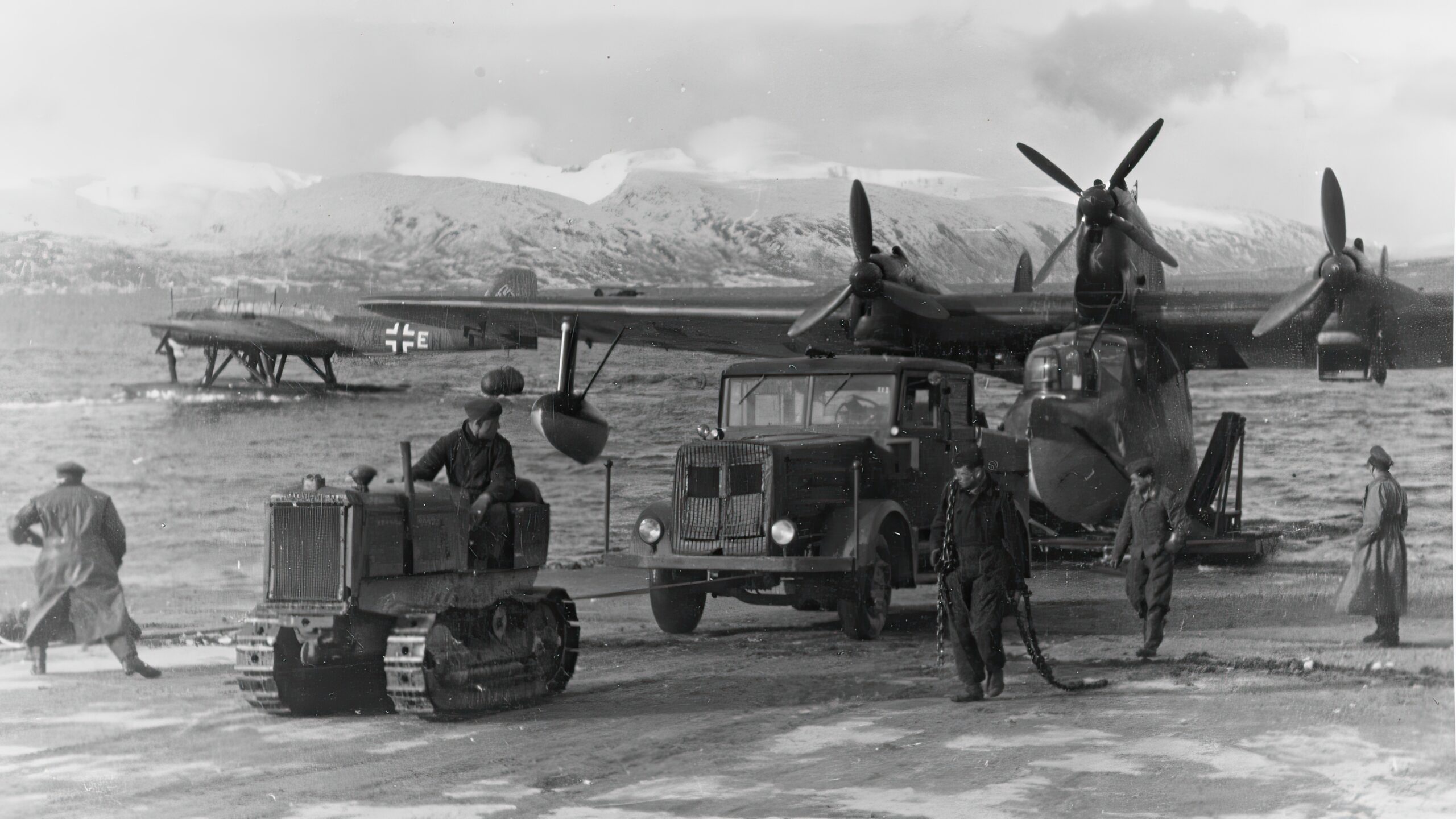
A Dragon Takes Flight
The BV 138’s journey started in 1937 when the Reich Air Ministry issued a call for an ocean-going flying boat. Blohm & Voss, an eminent name in shipbuilding and aircraft manufacturing, took on the task. Originally a trimotor floatplane, it bore the name Ha 138. The initial designs didn’t fly well, but the resilience of the engineers led to a thorough redesign.
In 1939, the improved BV 138 made its first flight, featuring a distinctive trimotor design and a twin-fin tail layout. This aircraft, a three-engine high-wing monoplane, was truly unique in design. Its unusual nickname, “The Flying Clog,” came from the fuselage’s distinct, elongated, shoe-like shape, proving that even in the realm of war, there was room for a touch of humor.
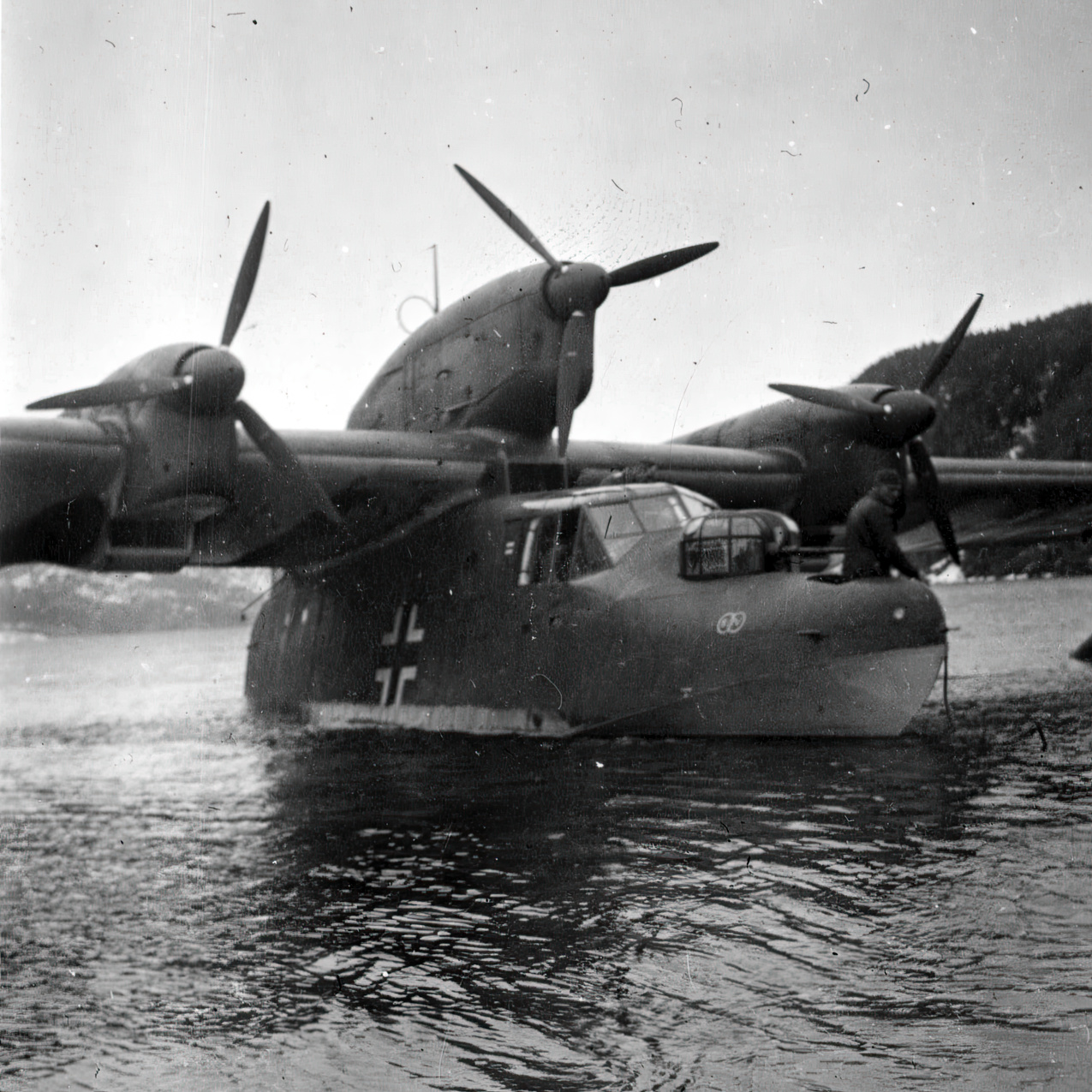
Powering the Sea Dragon
The heart of the BV 138 was its three Junkers Jumo 205 diesel engines. This power plant was far from ordinary. The Jumo 205 was an opposed-piston two-stroke engine, offering unparalleled fuel efficiency for long-range maritime reconnaissance missions.
Each engine produced 880 horsepower, an impressive feat at the time. Its performance, coupled with the innovative design, set the BV 138 apart from its contemporaries. The unique engine configuration also gave the BV 138 its signature sound—a low, powerful drone that echoed across the seas it patrolled.
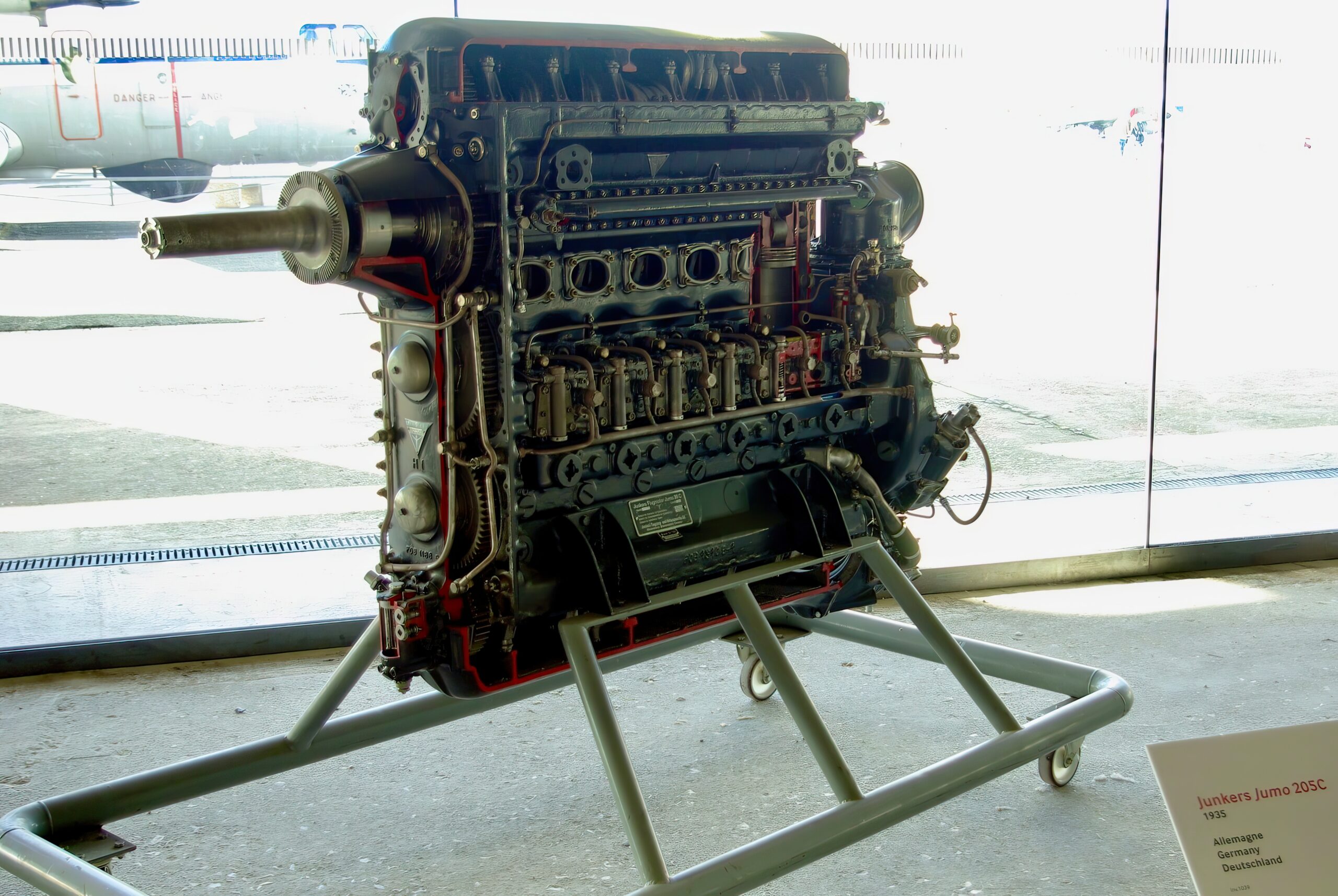
Ocean Guardian
The BV 138 served primarily as a maritime reconnaissance aircraft. Deployed in 1941, it played a vital role in the Battle of the Atlantic. Its mission? To spot, shadow, and disrupt Allied convoys.
At its operational pinnacle, the BV 138 showcased an impressive range of up to 4,500 kilometers, symbolizing endurance and resilience. Its robustness was not just in sustaining damage but also in inflicting it.
Equipped with an arsenal of machine guns and the capacity to carry a limited yet impactful load of bombs or depth charges, the BV 138 was an unyielding protector of the Kriegsmarine U-Boats. It stood tall as a daunting challenger to the naval forces of the Allies.
The Dragon’s Weakness
Despite its notable achievements, the BV 138 was not without its flaws. Its maximum speed of 285 km/h was notably slow, leaving it vulnerable to faster Allied fighters. This lumbering pace, coupled with its large size, made it an easy target in the sky.
Furthermore, the Junkers Jumo 205, while innovative and fuel-efficient, was complex to maintain and susceptible to mechanical issues. Also, although the aircraft was well-armed for its role, its defensive firepower was not always sufficient to ward off determined attackers.
Lastly, the aircraft’s flight characteristics, particularly in rough weather, left much to be desired. Nevertheless, the BV 138 emerged as a steadfast titan in maritime missions. Its design’s innate tenacity and the crews’ unyielding resolve frequently triumphed over its constraints, underlining its persistent utility in the face of adversity.
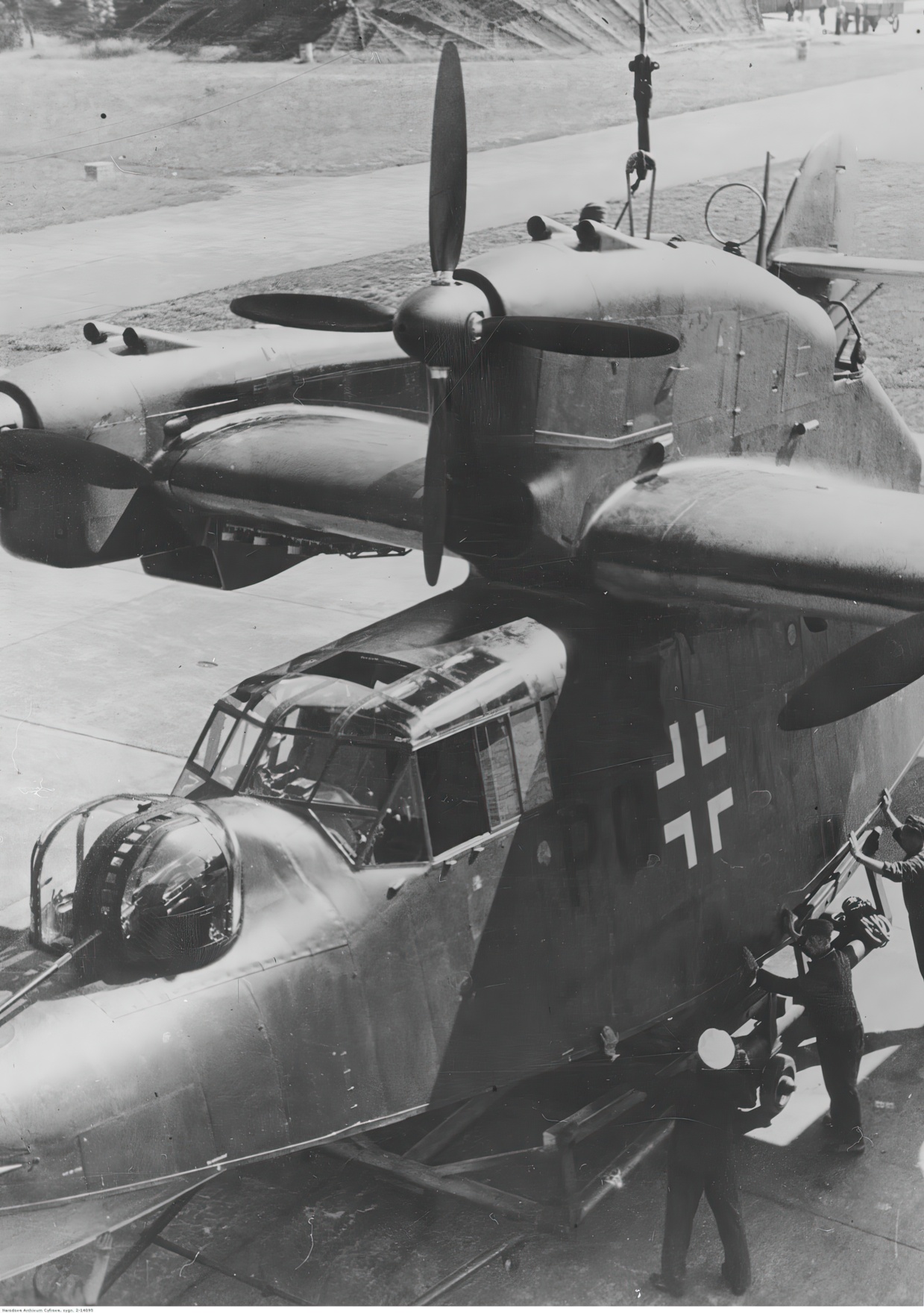
The Fate of the BV 138 Airframes
At the end of World War II, most BV 138s met their fate at the hands of the Allies during Operation Baseplate, which aimed to destroy remaining German aircraft to prevent their use in a potential resurgence.
However, a handful of these resilient flying boats survived the onslaught. Today, just a few remnants exist, including a partial BV 138 airframe displayed at the Aeronauticum maritime aircraft museum in Nordholz, Germany.
